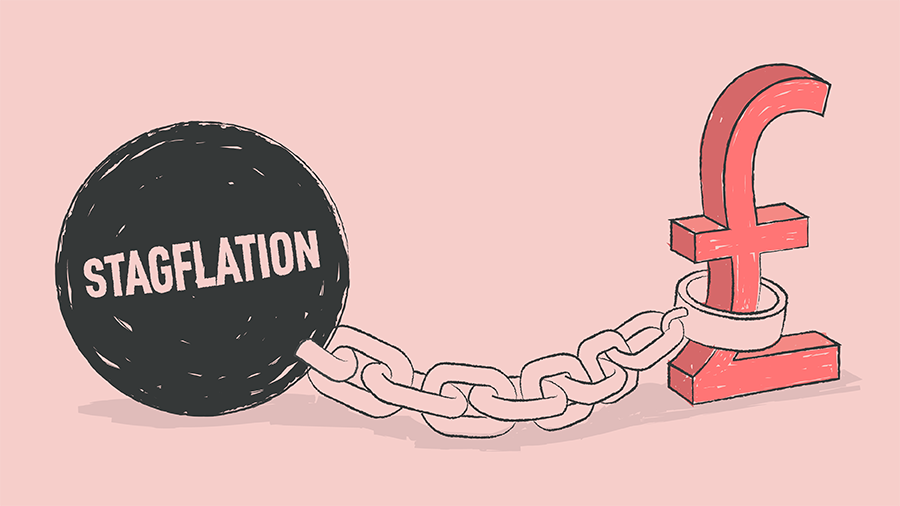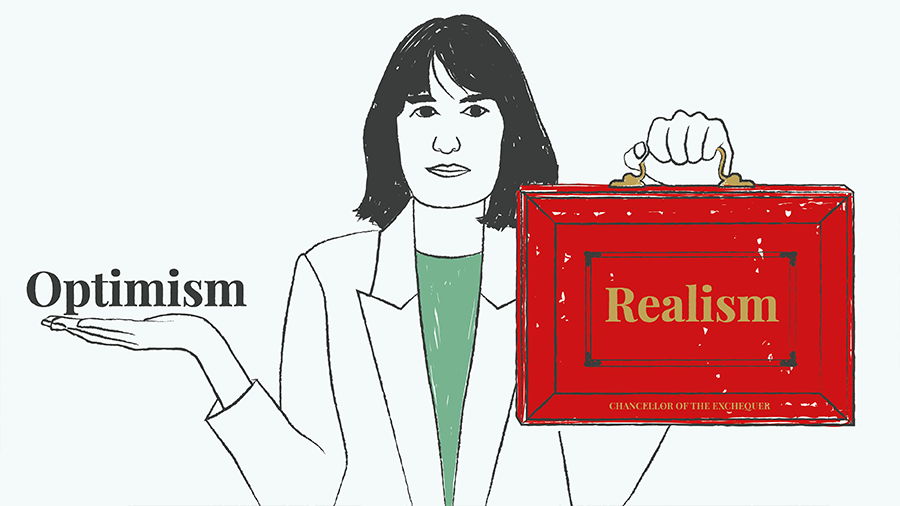 Strategic growth has at least as much to do with execution as it does with ideas, however, and so often strong execution follows from a robust structure.
Strategic growth has at least as much to do with execution as it does with ideas, however, and so often strong execution follows from a robust structure.
There are generally three ways that structure can support – or stifle – strategic growth.
1. Structure frees ideas
The larger an organisation gets, the harder it is for the leaders to see it at ground level, where the customers are. The risk is that those who decide on – and often originate – strategic ideas are missing the key information and understanding that rests with frontline staff.
In poorly structured organisations, junior staff have neither the inclination nor the ability to transmit ideas they may have for new products or business lines. The former follows from a lack of incentive, the latter from the existence of layers of bureaucracy that successfully resists the transmission of original thought from top to bottom and vice versa, as though set in aspic.
Very often, this organisational viscosity is to do with incentives – middle management isn’t rewarded for passing on bright ideas, let alone a subordinate’s bright ideas, and may even be actively disincentivised from doing so.
At the best organisations, the reverse is true – 3M for example has a target that one third of sales come from products that didn’t exist five years ago, to focus minds on the future.
2. Structure creates agility
Great ideas don’t exist without context. The idea for a powder-based milkshake was genius for Ray Kroc at post-war McDonald’s, but most of its competitors in that era wouldn’t have been able to benefit in the same way without its infrastructure and fast food business model.
Similarly, an idea can be a banger at a particular point in time, but a dud if it comes either too soon or too late. There’s not much you can do about the former, but when it comes to the latter, it’s seemingly easy: all you need to do is strike quickly.
This is why agility is such a prized quality for an organisation today, when digital tech can change the game at a startling pace – and organisational design and structure are central to agility.
Businesses structured for agility tend to have a significant degree of decentralisation, with streamlined approval processes to reduce the barriers between a person seeing an opportunity and the budget to do something about it, as well as robust frameworks to ensure discipline and accountability at pace.
3. Structure removes inertia
Who’s the number one enemy of your brilliant new business venture? You may think it’s your competitors, particularly established players with the resources and inclination to squash it at birth, but as often as not it’s your own vested interests.
This is particularly the case when the new venture threatens to cannibalise your legacy business, causing fierce competition for much-needed funds.
But it also happens because the same processes that gird those legacy divisions get imposed thoughtlessly on what could have been a dynamic corporate start-up.
As Harvard Business School professor John Kotter has argued, the solution is a “dual structure” that ensures a church-and-state separation between business-as-usual and your disruptive moonshots, allowing the former to keep operating for today without interfering with the latter’s role in creating growth for tomorrow.
An example: WL Gore
US chemical specialist WL Gore provides a useful case of a business with a structure that deliberately supports its growth.
Gore specialises in finding innovative uses of fluoropolymers, most famously in its waterproof Gore-Tex material, but you’ll also find its products in medical devices, spacecraft and air filtration systems among many other places.
The family business has grown consistently and organically for decades – revenues have nearly quadrupled since the year 2000 – despite a strategic field of view that strictly limits new products and business lines to fluoropolymers.
Gore credits its sustained innovation – often resulting in it entering totally novel markets – on its strictly decentralised structure and employee ownership culture that emphasises empowerment and entrepreneurship. Workers are encouraged to tinker around with any new idea they come up with, with a small budget and time away from their day job.
“We do actually have a fair bit of structure here,” the then WL Gore CEO Jason Field said in an interview a few years ago. “There is a process where ideas are submitted and reviewed centrally, because the evidence shows that existing businesses tend to suppress those ideas that take them away from their core.”
Ideas that successfully navigate this process are put through to a stage-gate innovation system, with talent drawn from around the company to develop the new product or business line, with its own protected budget and with the originator of the idea encouraged to take a secondment to see it through.
Gore provides a great example for how organisational design can support growth, allowing new ideas to rise to the surface, to be selected based on a disciplined assessment of whether they fit the company’s strategy, unique capabilities and limited resources, and then to be executed quickly.
Crucially, it illustrates the importance of aligning your structure to your strategy, so that the whole business can be built for sustainable growth.
















